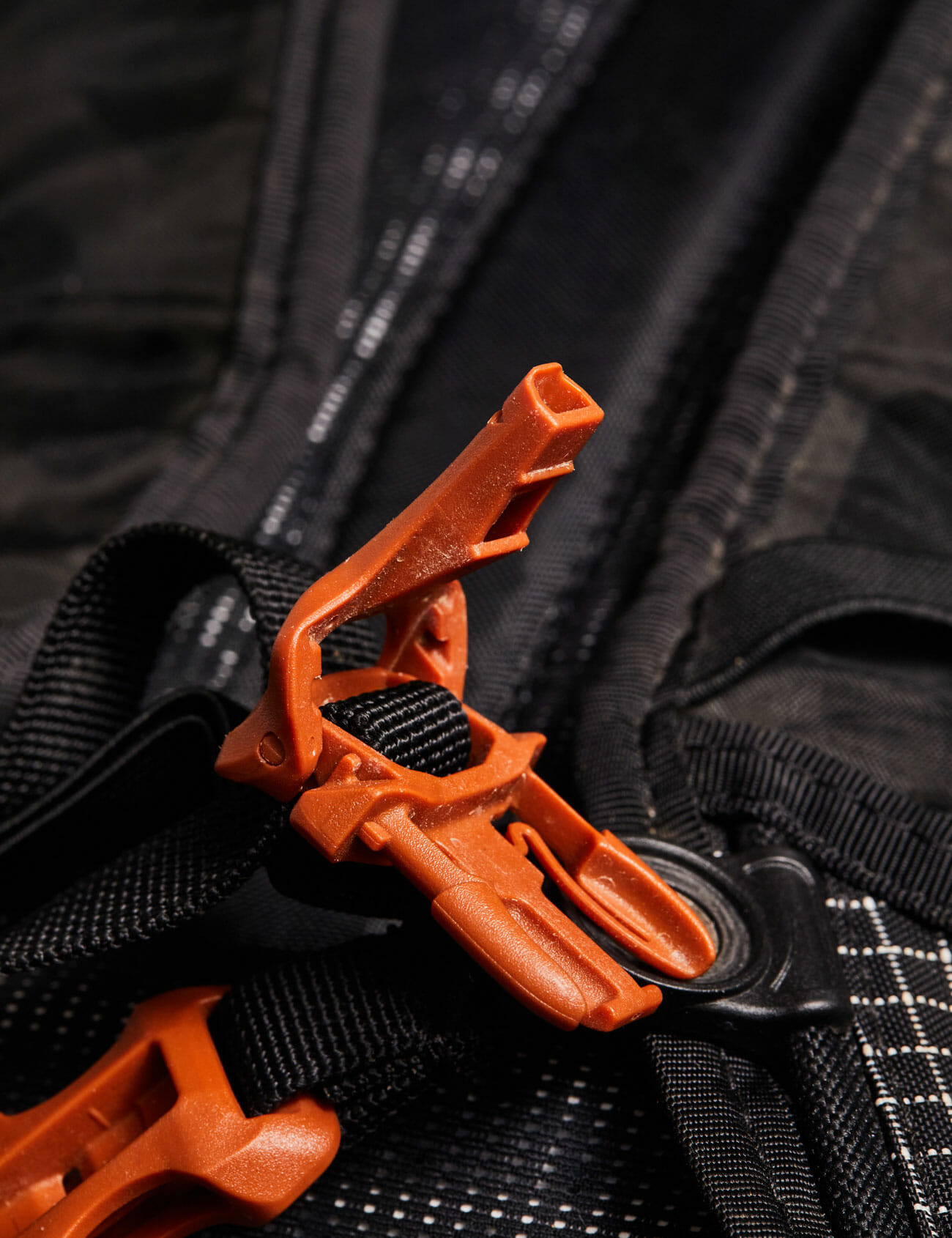Welcome to Further Details, a recurring column where we investigate what purpose an oft-overlooked product element actually serves. This week: a sneaky cool tool built in to many outdoors-oriented packs.
I vividly remember the first time I went hiking with my grandfather. The jackets were cool, all crinkly and bright, and back then we still used a compass, which was pretty neat. But what really blew my mind was the backpack. All those pockets and straps, each of them must have a specific purpose! I could carry so much stuff in those little zippered treasure chests, and then use it, for adventures!
Pretty soon I realized I actually didn’t want to carry that much stuff, and if you’re ever in Dartmoor you may still be able to find some “indispensable” folding frying pans I abandoned out there for an equally naïve hiker to find and carry a few more miles before coming to the realization that nobody need three pans to make rice. But I do still get a great deal of joy from exploring the various bells and whistles on new backpacks.
Literally, whistles. Did you now that the chest strap on your backpack has a built-in whistle on the buckle? I did, because eight-year-old me used to love packing and unpacking that thing, and one day I found the whistle. Aside from how awful that discovery was for my parents, I have also come to realize just how useful having that sternum-mounted whistle always ready to go can be in a survival situation.
Not every pack has one, but most modern units designed for hiking, mountain biking, skiing, snowboarding and other ambitious outdoor activities manage to incorporate the feature. The editor of this story was skeptical, until the first three packs he looked at — including the Dakine Syncline pictured here — did. This particular one, which makes up part of the buckle’s central tine and flips out for use, is sneakier than most.

In the 24 years since my own epiphany, I have led many outdoor expeditions, and I always equip hikers with a whistle. A whistle can carry a long way in the backcountry, and in undulating or wooded terrain it is much more effective than a line of sight in alerting rescuers to your presence. If you’re separated from your group, grab that whistle and blow and they’ll know that you’re lost and where to find you. If you’re alone and trying to summon rescue, shouting is a bad idea; it’ll dehydrate you and make your throat hurt. A 100-decibel whistle can be heard form 1.4 miles away, a much greater distance than your shouting.
With a whistle you can make the internationally recognized SOS distress signal by blowing three short, three long and three short blasts — and then listen for a response from rescuers. Rather than having a whistle on a lanyard around your neck, or in the bottom of your bag, having one handy on your chest strap means you can access it easily and alert rescuers more quickly. This might sound trivial, but try falling into a freezing river in Alaska and you’ll realize how important every second can be.




